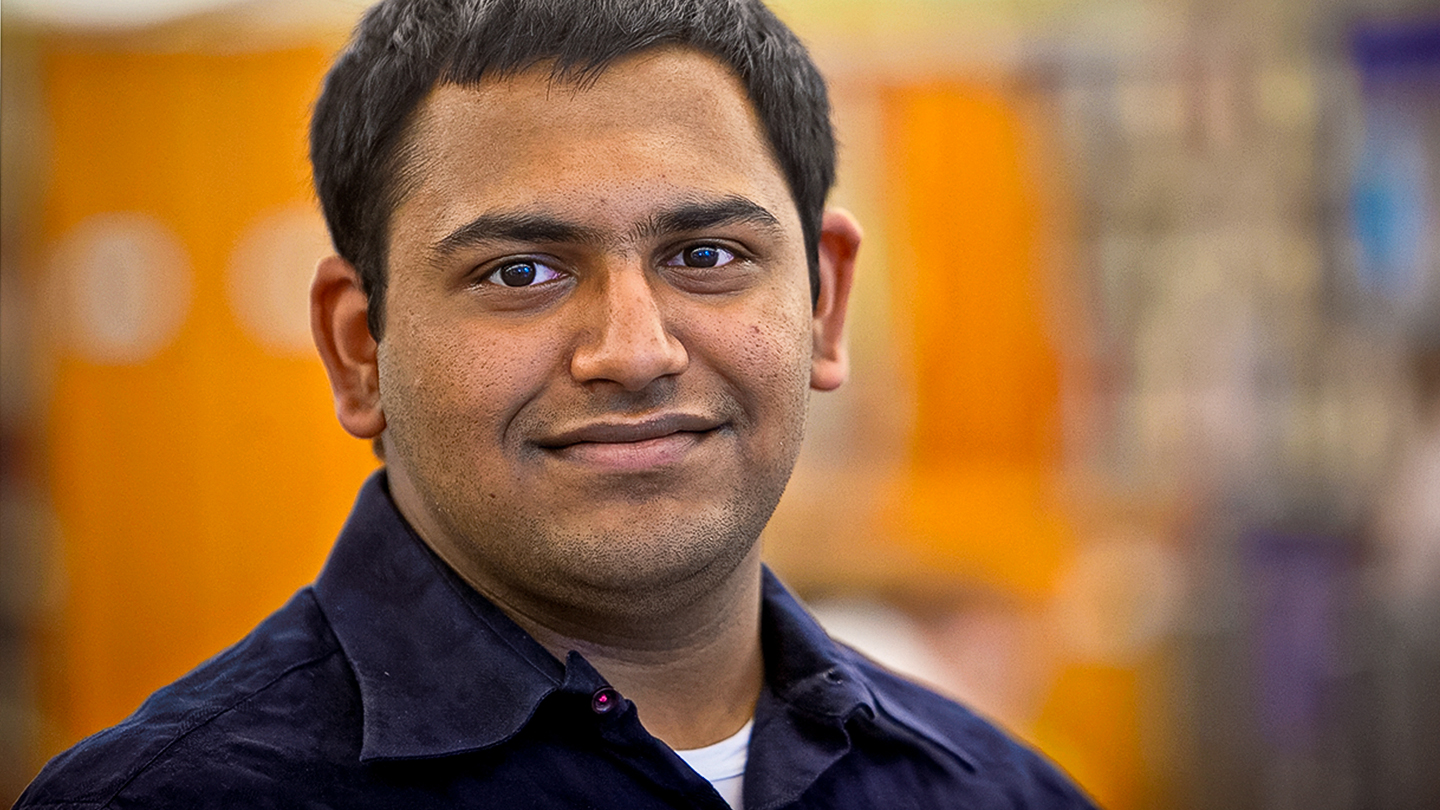Teevrat Garg ’10

Assistant professor of economics
School of Global Policy & Strategy at University
of California–San Diego
Teevrat Garg researches the design and efficacy of environmental and energy policies in low- and middle-income countries to help reduce the damages of climate change among the poorest and most vulnerable segments of society.
“Climate change represents one of the greatest disasters of the 20th and 21st centuries,” says Garg, assistant professor of economics, School of Global Policy & Strategy at University of California–San Diego. “These damages are enormous—higher mortality, rising sea levels, loss of agricultural yields, ensuing civil conflict.”
These damages are going to be unequal and disproportionately borne by poor people, especially those in low- and middle-income countries, he says.
 “This is because the economies of low- and middle-income countries rely more heavily on agriculture—a climate-sensitive sector—and because defensive investments, for example, air conditioners, are unaffordable to large swaths of the global population,” notes Garg, whose work is primarily based in India, Indonesia, Bangladesh, and Mexico.
“This is because the economies of low- and middle-income countries rely more heavily on agriculture—a climate-sensitive sector—and because defensive investments, for example, air conditioners, are unaffordable to large swaths of the global population,” notes Garg, whose work is primarily based in India, Indonesia, Bangladesh, and Mexico.
His approach is three-pronged: looking at the short- and long-term effects of air and water pollution and deforestation; understanding and addressing why damage caused by adverse environmental changes has disproportionate, negative effects on poorer nations; and studying the tradeoffs between economic policies and environmental quality.
The world’s poorest people live around the equatorial belt, which receives the brunt of some of the most extreme spikes in dangerous temperatures, Garg notes. Without the protection of climate-controlled spaces, they work outdoors where their productivity goes hand in hand with the climate. “Climate change is a dire threat to the health and livelihoods of the world’s poorest people,” Garg says, adding that a warming planet is beginning to force some populations to migrate.
“Migration, while presenting challenges, also opens opportunities for better lives and prosperity. It’s something that urban leaders must plan for as low-income populations shift,” he says. “As policy experts, we must think about addressing possible reactions from people who may feel threatened by migration and building infrastructure, and social services to care for poor migrants.”
It can be something as simple as planting more deciduous trees in urban areas, to provide shade for laborers at construction sites, Garg notes.
The growing links between environ-mental quality and human health to uncover win-win solutions in sustainable development must also be explored, Garg says. “We must develop policies that balance economic prosperity alongside ecological conservation.”
Garg says his research is motivated by the growing realization that environmental quality and poverty are not disjoint, separate issues but rather intimately connected ones.
“Poor people are much more likely to live in poor environmental conditions, areas with higher air pollution, lower water quality, rising temperatures, and consequently lowering health,” he says.
“This creates a vicious cycle of poverty and poor health. At the same time, there have been major advances in big data, satellite imagery, and remote sensing that make it possible for us to monitor and track environmental quality in places where this was previously unthinkable,” Garg adds. “This allows the field of environmental economics and policy to deliver evidence-based solutions to some of the most pressing problems of our time.”